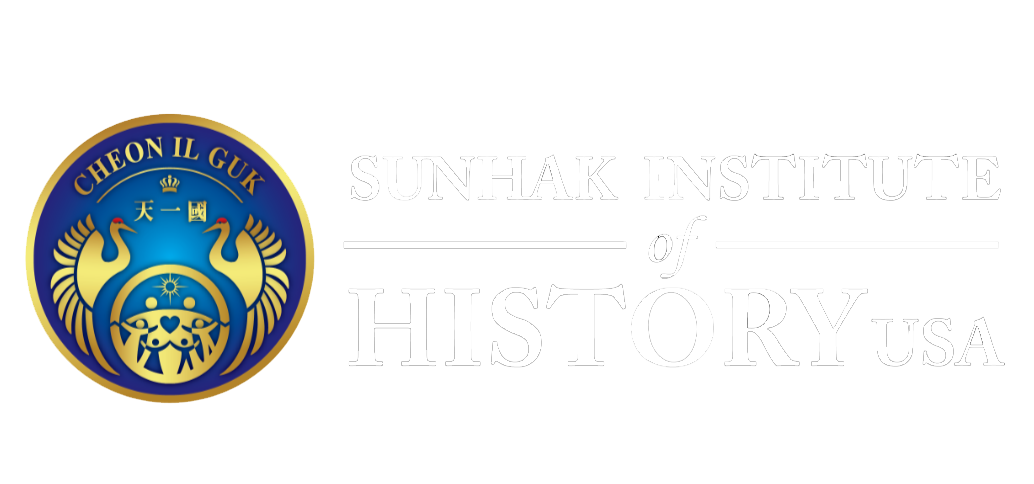Eileen Barker
September 4, 2012
guardian.co.uk
In Britain the Moonies had fewer than 150 members in 1976. Hardly the mindbending cult the media was so keen to portray
Moonies pictured in 1982. Photograph: Sipa Press / Rex Features
The death of Sun Myung Moon has brought back to mind the panic that swept through the west in the 1970s and 80s. Moon was just about the last surviving charismatic leader of the "cults" that, it was widely declared, threatened to undermine our civilisation by brainwashing our youth and turning them into zombies prepared to do anything – including mass suicide and murder.
Apart from Moon and his Unification Church, there was David Berg and his Children of God, who became renowned for their practice of "flirty fishing"; Prabhupada and his International Society for Krishna Consciousness devotees, who could be seen dancing and chanting on the streets; Bhagwan Rajneesh, later called Osho, and his sannyasins; and L Ron Hubbard's Church of Scientology – and literally hundreds of other men and women selling their spiritual wares in San Francisco, New York, Montreal, Paris, Tokyo and London.
Exactly what it was that was on offer varied enormously. But the general public was largely unaware of the differences, informed as it was by sensationalist media themselves fanned by a burgeoning number of so-called "anti-cult groups", which had started as gatherings of concerned relatives but developed into powerful lobbying groups that accumulated all the worrying stories about any one movement (and there were undoubtedly several to gather), and then generalised these into a conventional wisdom about "what all cults do" – forgetting that all these activities could just as easily be found in the traditional religions. Not, of course, that this would make deceptive practices, sexual exploitation or child abuse any less culpable.
But why were intelligent, well-educated young people joining the movements in droves? One answer was heard more than any other. Our youth had not chosen to convert to a new religion; they had been brainwashed into leaving their universities, abandoning promising careers, and severing ties with their families in order to live in secluded communities, working long hours for their "puppet masters" and, in the case of those who came to be called "Moonies", getting married by a Korean messiah in a mass wedding along with thousands of other couples to someone they had never met before and might not even speak English. Clearly, it was claimed, these were the victims of well nigh irresistible and irreversible mind-control techniques.
With hindsight, some of our views of these cults need correcting. Although the colourful devotees and sannyasins and the persistent Unificationists were highly visible in public places, people were not joining in anything like the numbers that were being alleged. While estimates of the number of Unificationists in Britain topped a million, there were in fact fewer than 150 in 1976.
It is true that thousands attended one or other of the residential weekends where the "brainwashing" was said to occur, but 90% did not join as a result. Of those who did, the majority left within a couple of years. Much as the movements tried to persuade people to join their ranks, and much as they would have like to have had greater persuasive powers, they demonstrably did not have access to the irresistible or irreversible techniques they were reputedly wielding.
But things have changed. It is not that there are not still thousands of new religious movements to be found around the world – there are. Inform, the government-funded organisation that provides information on minority religions, has on its files over a thousand new religions that are currently active in the UK. But most people would be hard pushed to name more than a handful of these. Why?
First, since 9/11, the public is now more concerned about Islamic terrorism than about cults. Second, although young (and older) people are still wanting answers to all sorts of questions about God, spirituality, the state of the world and their relations with others, they are less likely to turn to a new religion for their answers.
Next, the movements themselves have changed quite radically. Those that caught the public's attention during the latter half of the past century (and are now well into a second- or even third-generation membership that is no longer so concerned with recruitment but, more frequently, with getting on in the outside world).
Then the new ones that have since emerged tend to be more spiritual and far less institutionalised than the earlier movements. The Children of God no longer "flirty fish"; the vast majority of Krishna devotees are people of Asian origin who have found a place to carry out their traditional worship. Most Unificationists now live with their families and work independently of the movement. Those second-generation members that have stayed in the movement (although the majority have left) are likely to be married to someone their parents suggested, often with quite a bit of input from their children.
Scientology is, perhaps, one of the few "bogey cults" that remains in the public eye, due partly to the number of high-level members who have recently left, and, no doubt, to the high-profile antics of Tom Cruise. Perhaps The Master, Paul Thomas Anderson's acclaimed new film on the origins of Scientology, will provide us with some further understanding of "the cult experience".


